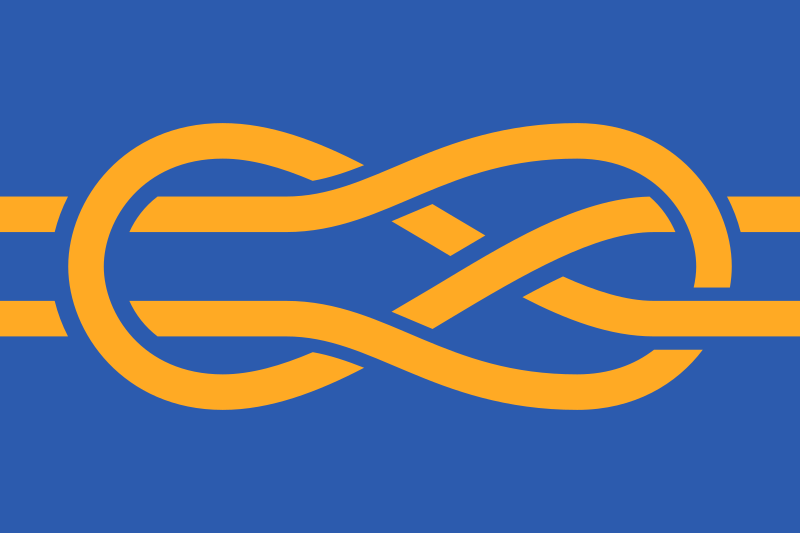Cool German flags
Some of these are terrible from a design point of view. 3 are just a coat of arms slapped on the National flag, Brandenburg is just the flag of Hesse with a coat of arms on. Berlin is almost fine, the bear in the middle is stylised enough to be recognisable on a flying flag. Thuringia and Hesse are the same thing but the other way up, same with Saxony-Anhalt and Baden-Wurtenburg. Hamburg is iffy, I don’t like the design in the middle, just too complex to make head or tail of if it’s flying in the wind half a mile away, much like Berlin and the other CoAs.
The rest are decent with obviously Bavaria taking the top spot for being instantly recognisable and so simple a child could draw it. Bremen takes second place. The other 4 equally placed ahead of the rest, though I like the colours of Saxony.
I think you could broaden your horizons by watching this great comment by a historian on the “design rules” of flags. Most of these rules you are quoting from a CGP grey video are from one book by a guy named Ted Kaye who also made most of them up. There are no sources to any “vexillology experts” contrary to what he claims about in his marketing.
I’m not even starting about the history and value in terms of representation behind those coat of arms. They are some of the only links between the modern federal states and the actual historic states that occupied that territory for much of the middle ages apart from some state names.
I got about twenty minutes into this before giving up, and it seemed… well it seemed a lot like he had started with the position that he liked those flags and worked backwards from there. It’s fine if he likes them, obviously, but the justifications were very flimsy. Like when he grumbles about the “flags should be simple” guideline having no reasoning or explanation literally immediately after showing a slide with the reasoning for it
In practice, it’s not reasonable for a flag’s identification to depend entirely on it being the only one with two little horses in the middle. If it’s an actual physical flag on a pole and not a printed graphic, we very often cannot make those horses out
The escutcheons on the German state flags could still be incorporated in a design that isn’t just the German flag with said escutcheon on it. Look at the flag of Zeeland just across the border in the Netherlands, for example - 16th century escutcheon in the middle, but entirely recognisable even if you can’t see the middle at all. It even draws the field from that escutcheon
The NAVA booklet doesn’t present itself as rules for evaluating flags, it’s guidelines for designing new flags. They are the advice of Kaye and his fellow vexillologists, and they’re perfectly clear about being advice that is okay to not follow
I do think it’s pretty sensible to criticise a flag for not being easily identifiable as that specific flag. That’s the primary purpose of a flag. Failing at that is not ideal
If you see a red flag with a white thingy in the middle in Hamburg, you can be fairly certain it’ll be the flag of Hamburg. And if it ends up being another flag, why would that be a huge issue, anyway? In daily life nothing really depends on being able to recognise the flag from large distances.
In any case, a flag is a symbol representing some abstract concept. If the inhabitants of a city know their city’s flag is a red field with a white tower, it doesn’t matter when they can’t literally discern the white tower on the red flag flying atop city hall. Even without being able to physically see the tower, they can still see it because they know what the white blob is supposed to be.
Beside this, flags are used in many more ways than just from flagpoles. They are used in printing, in digital media, generally as decoration. In all these cases the ‘recognisability from far away’ criterium isn’t (as) relevant.
I just think that the primary job of a flag is to be identifiable while flapping in the wind at the top of a flag pole, ie being a flag. If you can’t instantly tell what the flag is while it’s being a flag it’s failed it’s task.
I have no issue with coats of arms in general, but they’re not designed to do the job of a flag, they work when painted on buildings or on letter heads or any other static decoration.



